Magsingal‘s 3-storey, cream and white Church of St. William of Aquitaine, the town’s second, was built in 1827, restored in 1848 and again by Fr. Jose Vasquez. Its Neo-Classical facade, built within a light wall frame and supported by steep and imposing buttresses (like other Ilocos churches), is divided into 3 levels.
The first level has a semicircular arched portal flanked by two statued niches and topped by triangular canopies between paired and single Tuscan columns. A rectangular piece, atop the main entrance’s keystone, contains the Augustinian symbol.
The second level, a repeat of the first, has a large semicircular window at the center flanked by two windows with triangular pediments, with all 3 having baluster shafts. The third level has a single, semicircular niche (with the statue of St. William the Hermit) flanked by two occoli (small circular windows). The elaborate curvilinear pediment ends up in finials. Its tympanum also has a circular window
The church is linked to the 2-storey convent/school by a capiz window-lined upper corridor mounted over two arches.
The nearby 30-m. high, 4-level octagonal brick bell tower, with blind and real semicircular arched fenestration of various sizes, was allegedly built in 1692 and finished by Fr. Pedro Berger (parish priest from 1824 to 1829).
On July 31, 2001, it was one of the Philippine colonial churches declared by the National Museum as a National Cultural Treasure and the National Commission for Culture and the Arts (NCCA) had identified and selected it as one of 26 Spanish Colonial Era churches to be under its conservation program.
Inside are the most important examples of Baroque-influenced art in the Ilocos notably the ornate Baroque reredos made of molave (which contain no nails), a choir loft, molave columns, a well-preserved retablo (a total seascape) and an incomparable pulpit.
Atop the topmost niche (housing the statue of St. William) of the retablo are two nude mermaids. It is said that the sculptor, Nepomuceno Tolentino, a Magsingal native, used his pregnant wife as a model for the pregnant mermaids.The whole retablo is topped by a clam shell and the ceiling of the niches are also in clam shell form. On the sides are Classically designed seahorses, above which are big waves (with moderate forms of starfishes on their hold) accented with smaller waves.
The richly-carved main altar features Salomonic columns adorned with plant motifs. The pulpit has a statue of a boy with a tambuli or native horn, both made by a certain Pablo Tamayo, a talented Magsingal fisherman. He also designed the choir loft.
Commencing from the church and linking various streets are the 14 stone shrines of the Via Crusis (Way of the Cross).
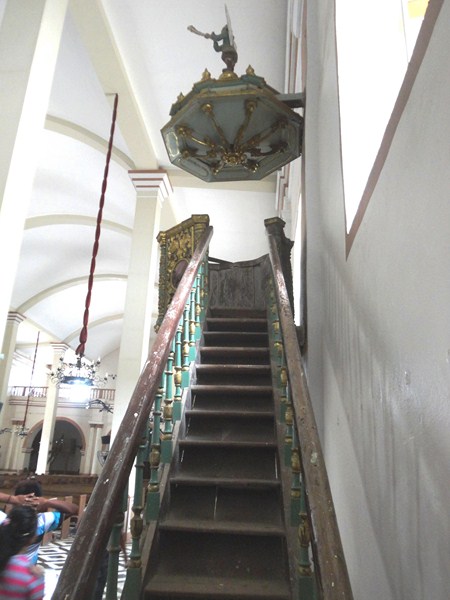
Stairway leading up to the pulpit. On top of the canopy is the statue of the boy with a tambuli (native horn)
Address: Manila North Road, 2730 Magsingal, Ilocos Sur. Tel: (077) 726-3565. Feast of St. William of Aquitaine: February 10.
How to Get There: Magsingal is located 419.2 kms. from Manila and 11.2 kms. north of Vigan City.

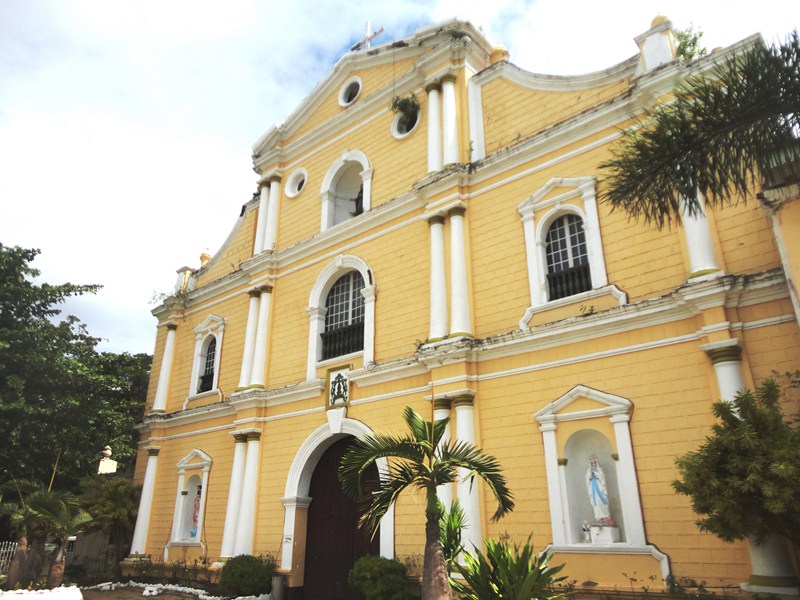
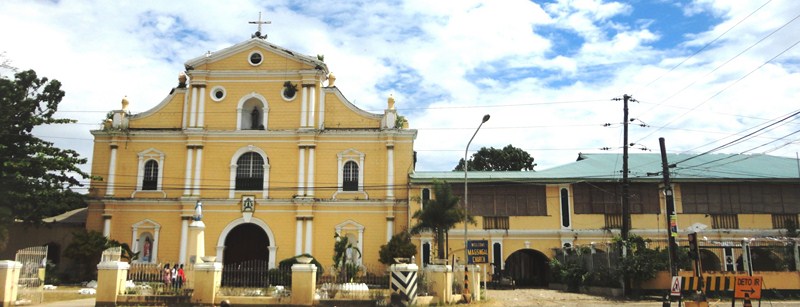
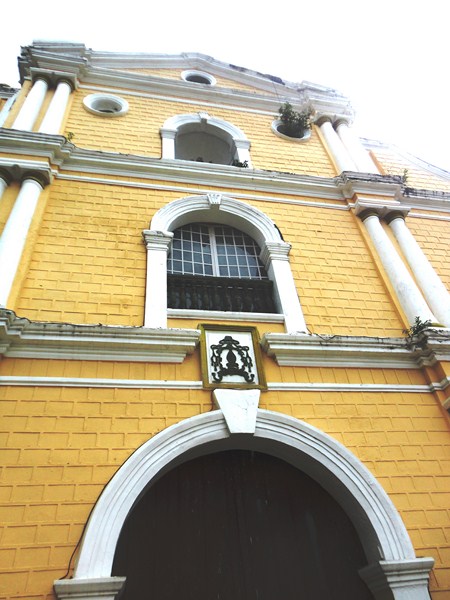
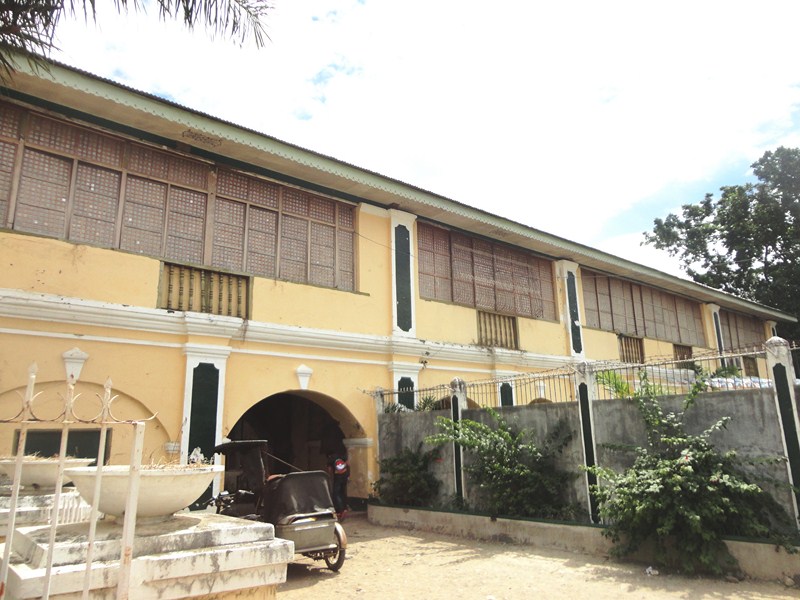
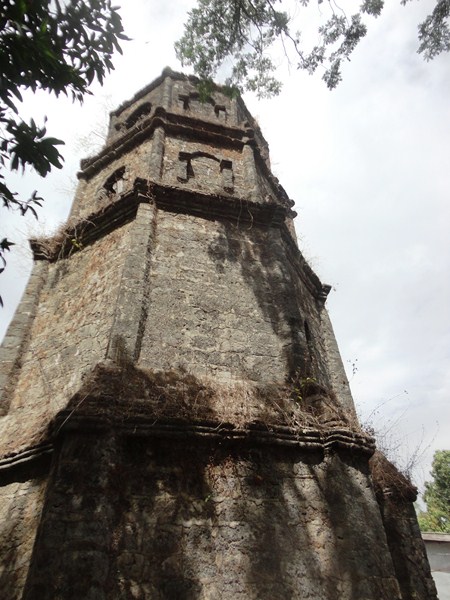
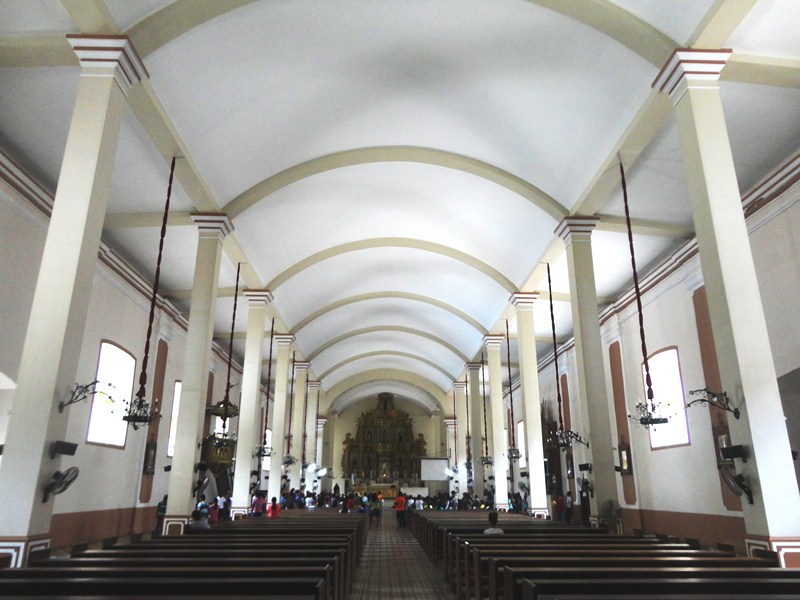
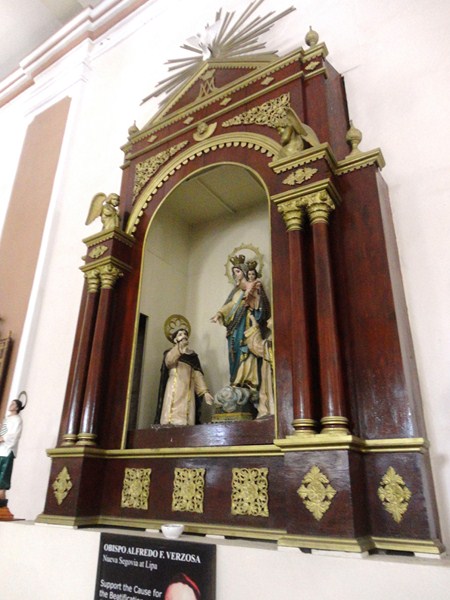
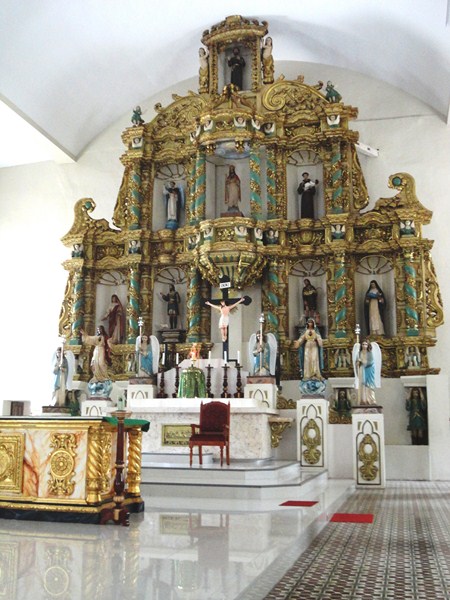
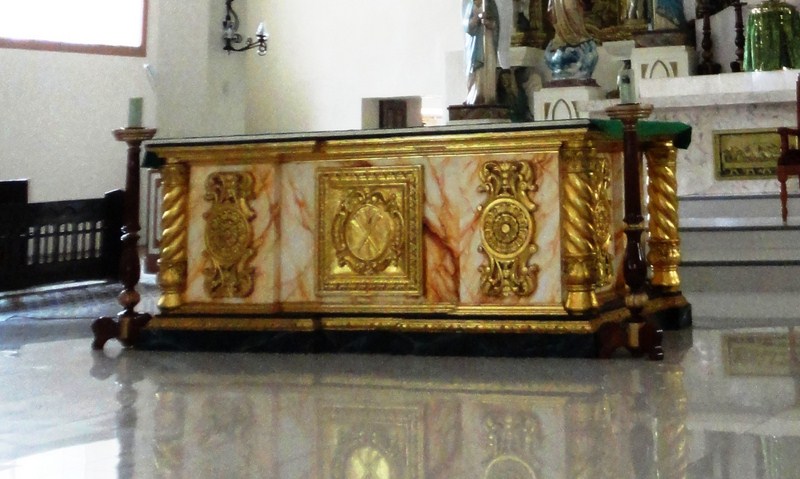
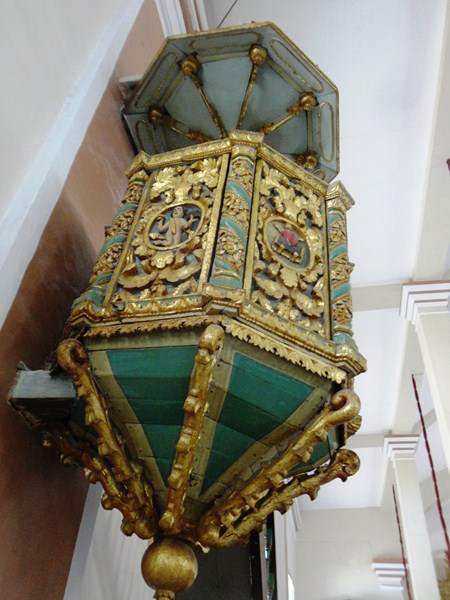
To the benjielayug.com administrator, Your posts are always well-delivered and engaging.